10 Innovative Sustainable Packaging Solutions
Packaging is an essential component of manufacturing. Any products sold need to be packaged for transportation, display, and convenience for customers. But as consumers become increasingly concerned about environmental impact, demand for sustainable packaging solutions continues to grow.
In addition to being environmentally friendly, sustainable packaging must also be innovative enough to provide lasting solutions and live up to its sustainability claims. The best innovative packaging solutions are able to bridge the gap between creativity and sustainability.

The Increasing Demand for Sustainable Packaging Solutions
Sustainable packaging offers eco-friendly benefits by incorporating solutions that prioritize reusability, recyclability, compostability, and biodegradability. This approach accounts for end-of-life solutions for packaging that reduce its environmental impact.
Due to factors like climate change and diminishing resources, the significance of sustainable packaging has grown for manufacturers and consumers alike. Choosing sustainable packaging decreases the adverse effects of packaging waste while increasing customer satisfaction.
The escalating demand for sustainable solutions has prompted many companies to adopt innovative packaging methods to deliver exceptional results to their customers.
If your business offers sustainable products, aligning your packaging with your sustainability values is a great opportunity to build trust with your customers.
What’s the Environmental Impact of Traditional Packaging Waste?
Traditional packaging incorporates some sustainable materials such as paper and cardboard. However, the majority of traditional packaging components are constructed from plastics. Annually, millions of tons of non-biodegradable plastics are discarded in landfills. Not only do these plastics take up space in landfills, but they can also release toxins that contaminate our water sources and pose a threat to wildlife.
The manufacturing of plastics also involves processes that use fossil fuels such as coal, oil, and gas, which have detrimental effects on the air and atmosphere. By producing conventional packaging materials from these plastics, it exacerbates the negative impact on the environment. Innovative and sustainable packaging solutions aim to mitigate these effects and offer more practical and eco-friendly options for businesses committed to adopting sustainable practices.
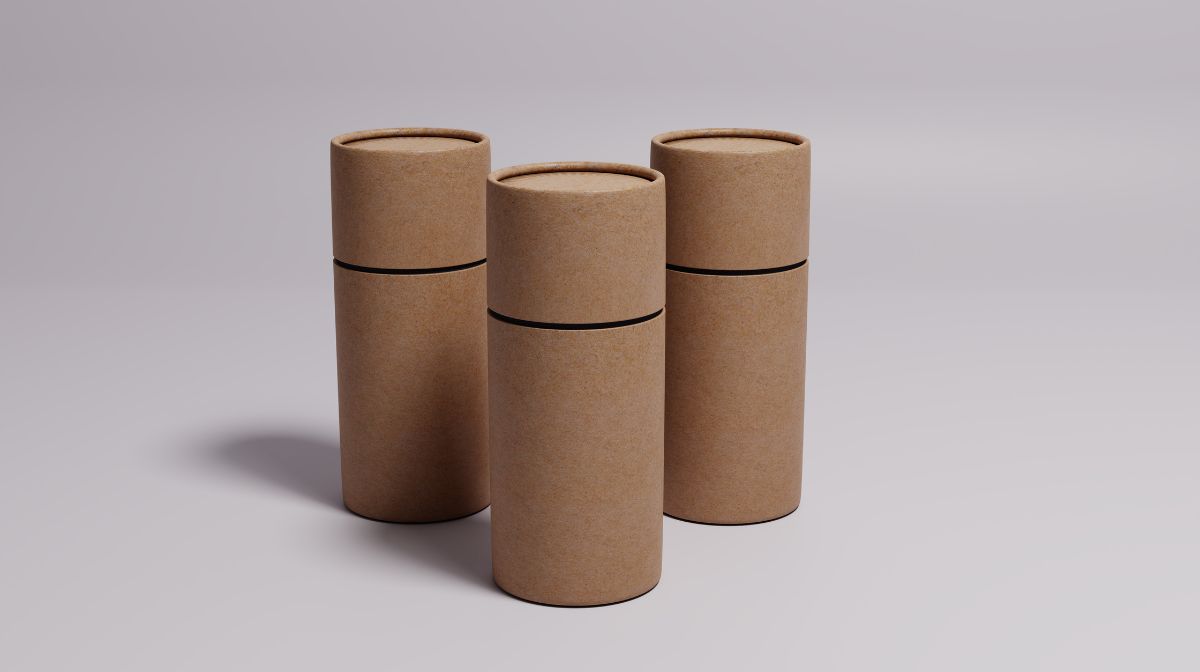
Importance of Innovation in Sustainable Packaging
The goal of sustainable packaging is to provide alternatives to traditional packaging that keep the environment in mind. This could mean that the package is made of recycled content, or is reusable, biodegradable, or compostable. Ideally, sustainable packaging will be renewable and not leave a trace on the environment when it comes to its end-of-life cycle. However, that is not the standard yet for sustainable packaging. Innovations in sustainable packaging are emerging quickly, with the promising expectation that they will become standard practice in the near future.
Positive Environmental Impact
Sustainable packaging solutions can be crafted from biodegradable plastics, paperboard, and various plant-based materials. Compostable starches, glass, and organic compositions are also considered eco-friendly packaging. These materials are designed to minimize landfill waste and can be recycled, reused, or refilled, resulting in a shorter or more circular lifespan than traditional plastics. Embracing sustainable packaging enables companies to make a positive environmental impact.
Benefits for Businesses
As the number of businesses adopting sustainable packaging solutions continues to grow, the cost of procuring these eco-friendly materials will become more standard and level out. Additionally, by prioritizing environmentally friendly packaging and sustainable practices, companies can enhance their brand image and increase customer loyalty.
Meeting Consumer Needs
Customers are a major driving force behind sustainable packaging. People are becoming more conscientious of the state of the environment and want to reduce their own waste and plastic consumption. In order to meet consumer needs, companies need to invest in sustainable, innovative packaging that delivers on expectations for sustainability and makes the packaging interesting and engaging for end users.
Innovative Sustainable Packaging Solutions to Try
Now that we’ve covered the significance of sustainability in packaging and its relevance for manufacturers and retailers, let’s delve into some groundbreaking solutions that have emerged in recent years. These innovative concepts can inspire your future packaging solutions and offer a comprehensive understanding of the diverse options available in sustainable packaging.
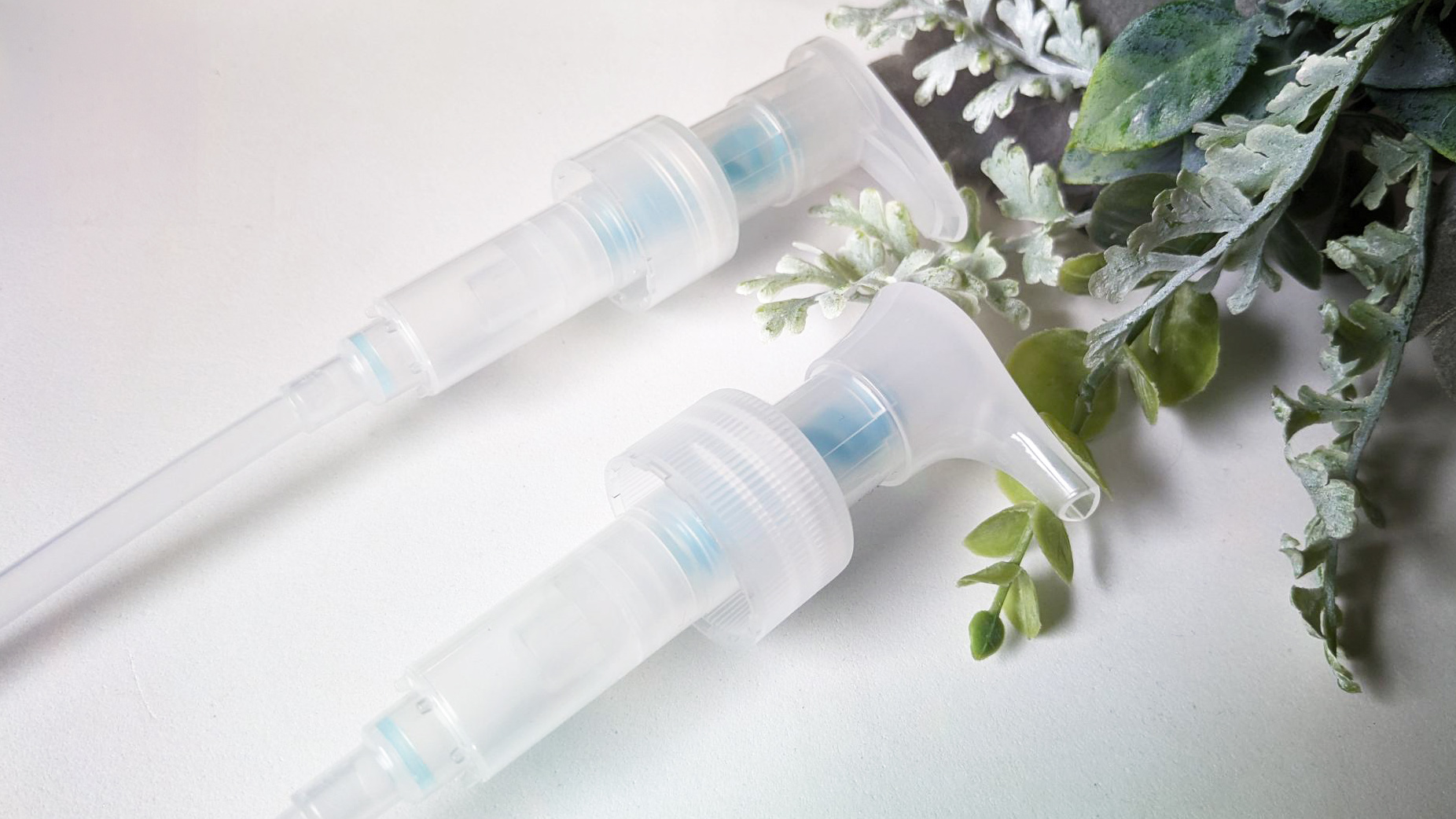
1. Mono Material Packaging
As the name suggests, mono material packaging is composed entirely of a single material, most commonly Polypropylene (PP) or 100% Sugar Cane (bio-based PE). This material is 100% recyclable, and the recycling process is much easier since the consumer does not need to separate components for proper recycling.
Pumps, for example, have been notoriously difficult to recycle due to the metal spring inside. To solve this problem, a recent design innovation is an all-plastic pump that can be fully recycled with the pump intact. With mono material packaging, recycling becomes a much simpler step in the end-of-life process and gives way to supporting a circular economy when the plastics are recycled instead of sent to our landfills and waterways.
2. Biodegradable and Compostable Packaging
In response to the growing need for sustainable materials, biodegradable and compostable packaging have emerged as fundamental components in supporting a circular economy.
Biodegradable and compostable are two terms used to describe the natural process of recycling organic waste. However, while all compostable products are biodegradable, not all biodegradable products are compostable.
The key difference lies in the rigorous testing that compostable products undergo to ensure they break down within a specific timeframe without releasing harmful substances into the environment. On the other hand, biodegradable products lack such requirements, so they might not be as sustainable as they seem.
Compostable packaging offers the following advantages:
- Decomposes within a set timeframe by the composting environment
- Does not release harmful toxins during decomposition
- Creates healthy compost that enriches the soil
It’s important to know that most compostable packaging requires industrial composting facilities to break down effectively unless specifically indicated as “backyard compostable.”
While compostable packaging adheres to strict standards and undergoes rigorous testing, packaging labeled solely as biodegradable cannot be composted and must be disposed of in landfills, where it should ideally decompose in less time than traditional plastics. However, there are many factors to consider, and the environment needs to be just right to facilitate biodegrading.
3. Mushroom Packaging
Mushroom packaging is a type of material made out of mycelium, the same compound that makes mushrooms grow naturally in the wild. These mycelium packaging options create a foam-style material when combined with hemp curd to make a high-performance insulating solution to packaging breakable or fragile materials.
Mushroom packaging serves as effective insulation and protection for goods during transportation and storage. It’s also highly capable of retaining the coolness of perishable items, making it an ideal solution for businesses in the food and beverage industries that require maintaining specific temperatures for their products.
Unlike conventional foam packaging, mushroom packaging offers a substantial advantage by being fully compostable in landfills and even at home, decomposing into natural elements within a matter of months.
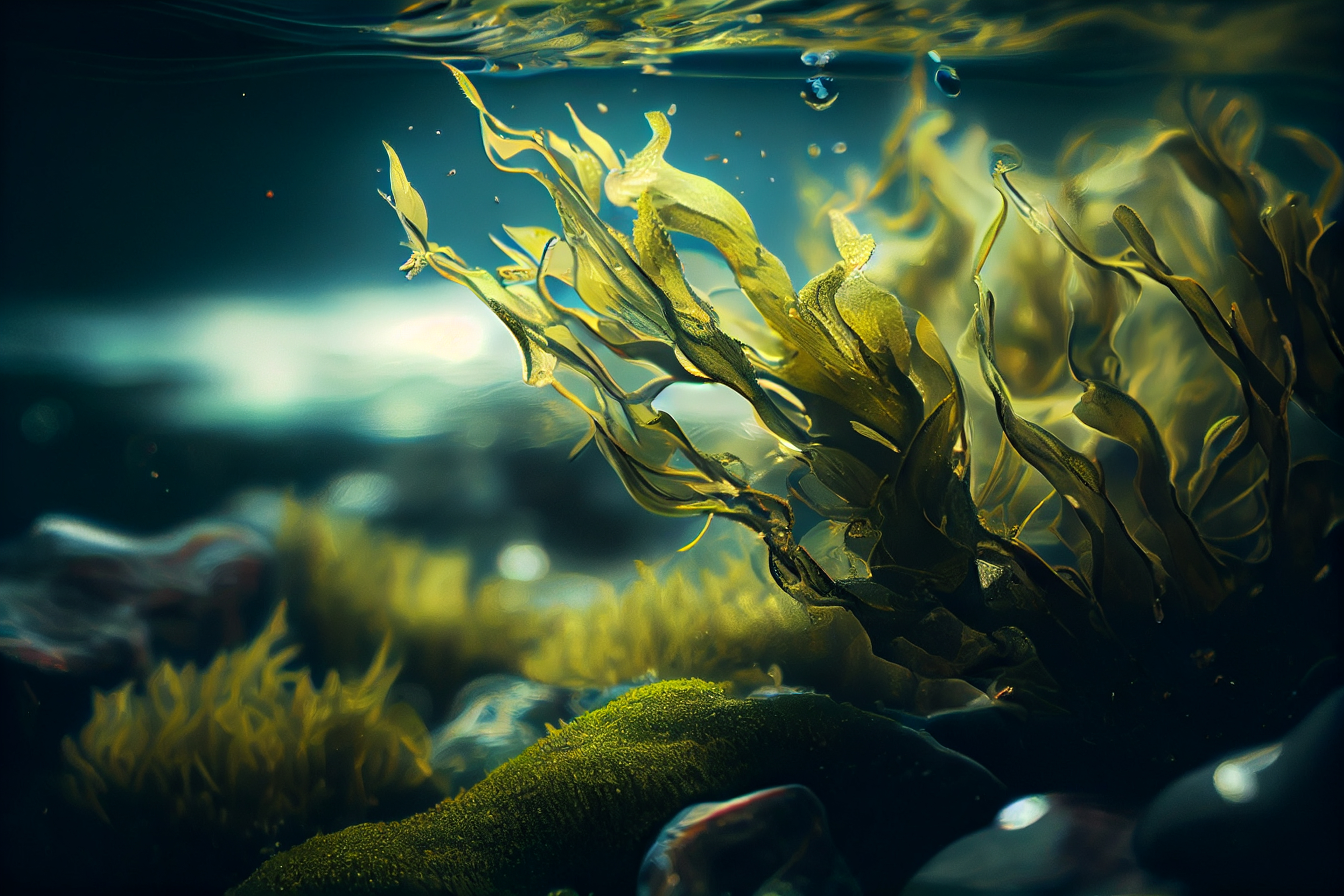
4. Algae-Based Packaging
Algae is another natural material that has recently emerged as a packaging material for new products.
The commercial applications of algal biomass are incredibly diverse, with new uses constantly emerging. Algae also possesses a notable advantage over sustainable land crops such as cornstarch, bamboo, and hemp. Unlike these crops, large-scale algae production does not require land diversion from essential food crops.
Studies have found that microalgae can degrade plastic materials through genetic modification to produce and secrete plastic degrading enzymes. For instance, green microalgae were transformed to express PETase, an enzyme that degrades PET. When the cell lysate of the transformant was incubated with PET, it resulted in dents, holes, and the fully degraded form of PET, known as TPA.
On the other hand, bioplastics are being derived from algae which possess similar properties to petroleum-based plastics but are biodegradable in nature. Various methods exist for producing these algae-based bioplastics, such as blending with other materials and genetic engineering.
Recognized for its exceptional renewability, algae’s rapid growth under favorable conditions renders it a virtually unlimited resource. The impressive versatility of algae has opened the door to countless innovations for the packaging industry as well as advances in sustainability and design.
This potential has not gone unnoticed by numerous startups and commercial ventures eager to capitalize on this advantage. The market for algae products in the US is estimated at over $5 billion today, with expected growth to over $7 billion by 2028. The global algae market is expected to reach more than $55 billion USD by 2031.
5. Agricultural Byproduct Packaging
Traditional agricultural practices create a lot of waste and byproducts. That waste can be “upcycled” and reused to create biodegradable and natural products for packaging. The main goal of using agricultural byproducts is to eliminate the reliance on plastics and create a better alternative for packaging supplies.
Many agricultural byproducts are naturally biodegradable, making them a great source of sustainable innovations. They also require less energy to process, since part of the processing is already done in traditional agricultural processing. By taking the leftovers from those processes and utilizing them for packaging, it saves both time and energy.
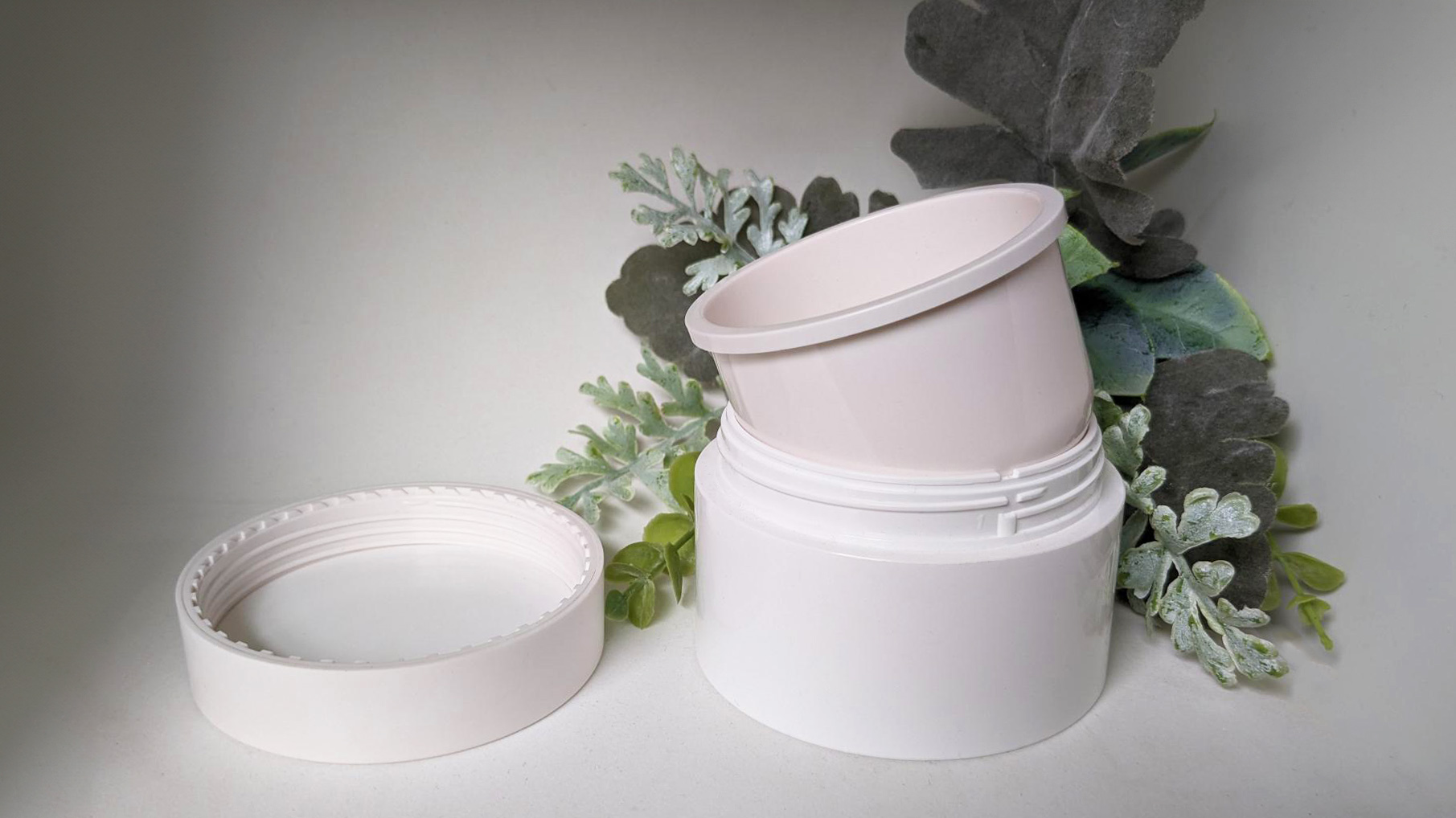
6. Loop Packaging
Loop is a global circular shopping platform that strives to eliminate single-use plastic waste by transforming everyday items from disposable products into innovative refillable products. By partnering with brands, retailers, restaurants, and more, Loop aims to revolutionize the packaging industry and activate a circular reuse ecosystem, offering thousands of products to make reuse as convenient and accessible as single use.
Businesses and consumers can take a page from Loop’s handbook by opting for reusable and refillable packaging options.
7. Edible Coatings
Food products often use one-time plastic packaging to make sure that the food item is protected during transportation and storage. However, new sustainable methods of packaging these types of items are growing in popularity. Edible coatings use biodegradable polymers that don’t compromise the quality or safety of the products they contain. Instead, they reduce the need for plastic packaging and make it easier to maintain the shelf life of perishable items.
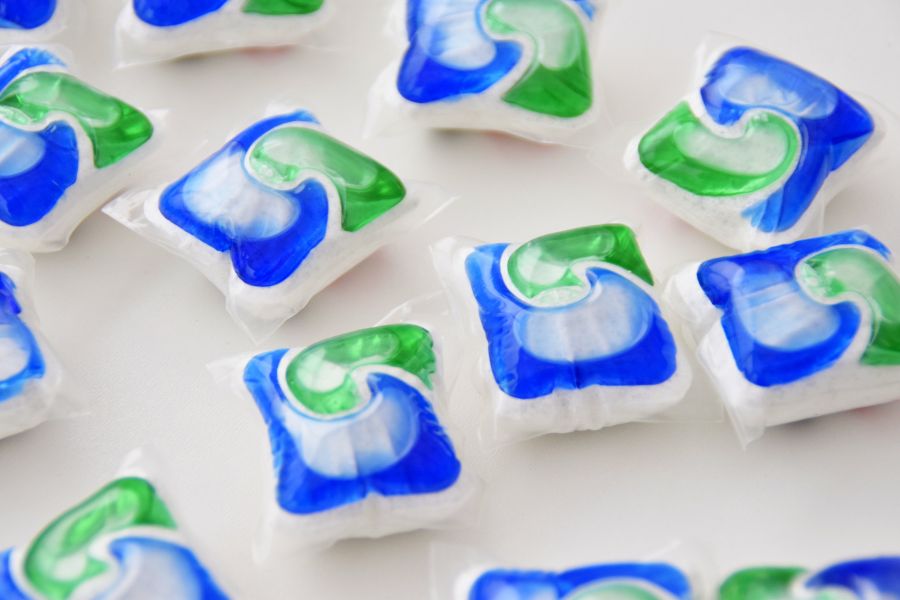
8. Water-Soluble Films
Water soluble film, or polyvinyl alcohol (PVA/PVOH) film, is a synthetic polymer that dissolves in water. It is a type of flexible packaging known for being colorless, odorless, biodegradable, and having high tear and tensile strength. There are two types of water soluble films that are designed to dissolve in hot water or cold water, depending on their usage. Water soluble films offer advantages such as smooth mechanical operations, increased productivity, cost-effectiveness, and packaging flexibility. They also exhibit high solvent resistance, gas barrier performance, excellent heat-sealing properties, and printability, making them a versatile option in a myriad of applications:
- Agrochemical Packaging
- Detergent Packaging
- Dye Packaging
- Embroidery
- Food Packaging
- Laundry Bags
- Pharmaceutical
Though PVC is designed to dissolve, it doesn’t entirely disappear. The Water Soluble Films Market is estimated to reach more than $447 million in 2024 and is expected to reach over $678 million by 2030 globally.
9. Interactive Packaging
The concept of sustainable packaging goes beyond just the choice of materials. It also encompasses the creative process of designing packaging that not only serves its practical purpose but also enhances the consumer’s engagement with the product. Interactive packaging design invites consumers to interact with the packaging itself, thereby elevating the entire product experience.
Some interactive packaging uses a QR code that consumers can scan to access more product information and engage with the brand in different ways thus becoming a part of their story. Other examples of innovative interactive packaging are cereal boxes that have a game for kids to play printed on it, packaging with chalkboard coating that invites the user to write or draw on it, or food packaging that can be unfolded and used as a plate during mealtime. Interactive packaging can serve more practical purposes too, such as freshness-indicating stickers on food products, which change color to signal spoilage. These innovative packaging solutions can delight consumers and provide useful information about the product’s quality.
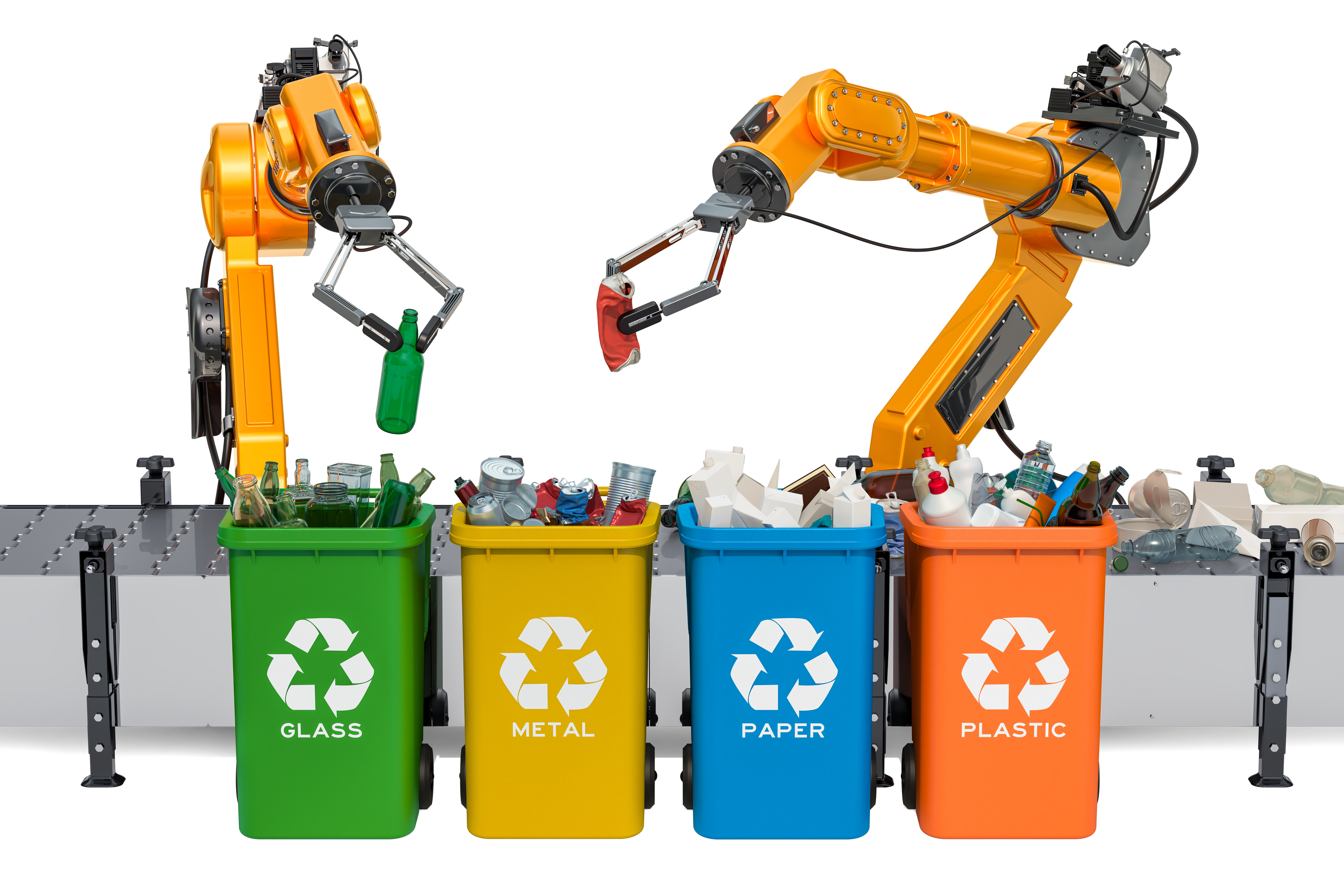
10. AI-Powered Sorting Robots
Innovative new technologies, like AI-powered sorting robots, have the potential to revolutionize sustainable practices. AI-powered sorting robots can be used to sort through trash quicker and more safely than humans can. These robots are exceptional at identifying recyclable or compostable materials and can even retrieve waste from water sources. This advanced technology allows for the proper disposal of waste, contributing to a greener and cleaner environment.
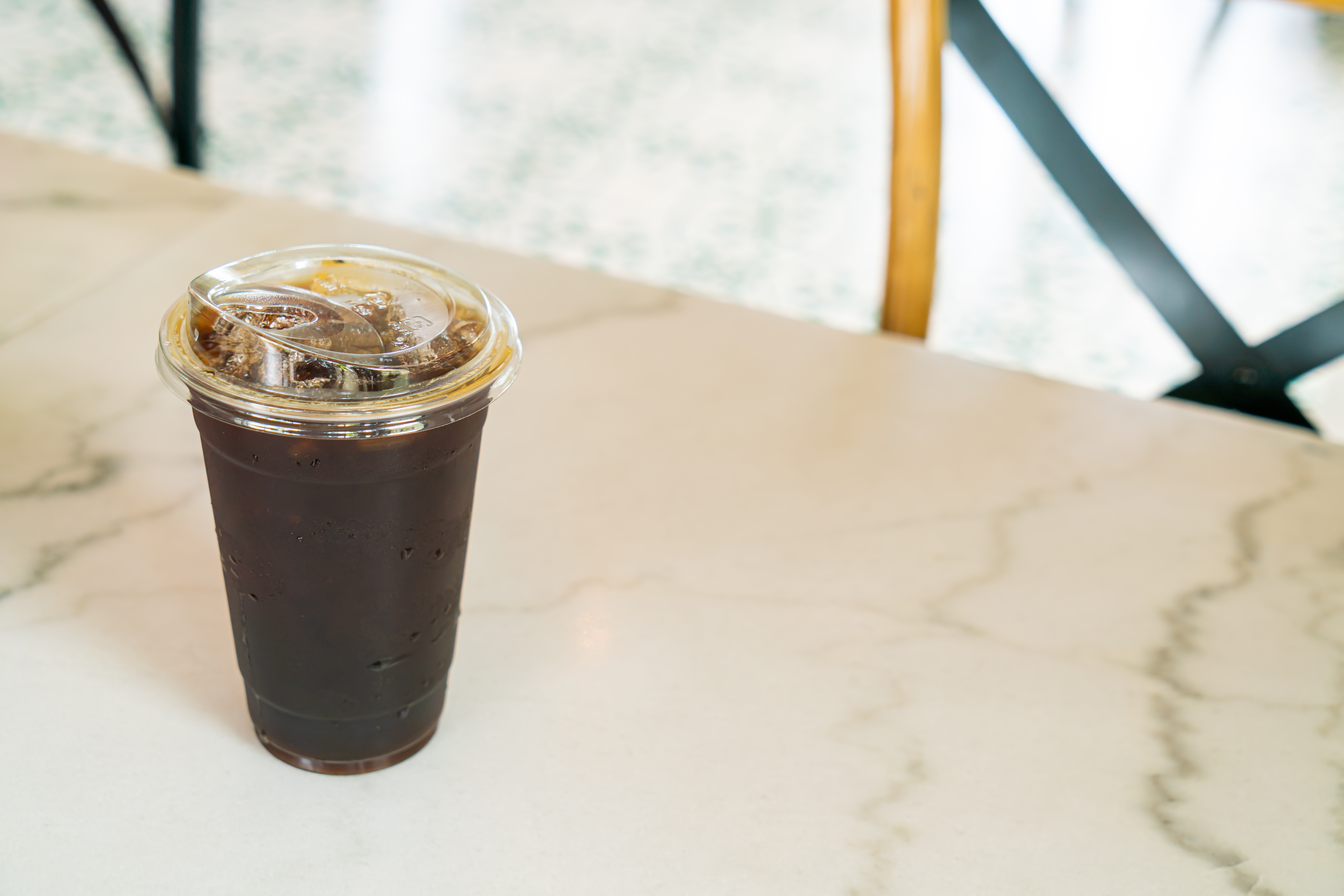
Examples of Successfully Implementing Sustainable Packaging Strategies
A growing number of companies are achieving positive results through sustainable packaging initiatives. For instance, Finish, a well-known household brand, utilizes water-soluble films for detergent and dishwashing tablets. Starbucks and McDonald’s have introduced strawless lids in an effort to reduce single-use straw usage. SOFI Products has developed the first 100% plastic-free, biodegradable cup for hot beverages that doesn’t require a separate lid. The more companies invest in innovative, sustainable packaging solutions, the sooner we’ll be able to realize a world where a circular economy is not just a possibility but a tangible reality.
Start Incorporating Sustainable Packaging Solutions Today!
At Paramount Global, we offer full-service packaging and supply chain solutions. We will help you find the best sustainable packaging option and deliver exceptional results for you and your customers. To learn more, contact us today!
Hayley is a marketing professional and copywriter with a background in crafting content for a diverse range of industries. She has been writing about packaging and supply chain logistics for Paramount Global since 2022. She specializes in explaining complex topics in a clear and engaging way and is an advocate for sustainability in packaging and supply chain management.
Read More
For over forty years, Paramount has been delivering perfectly integrated packaging and supply chain solutions.
